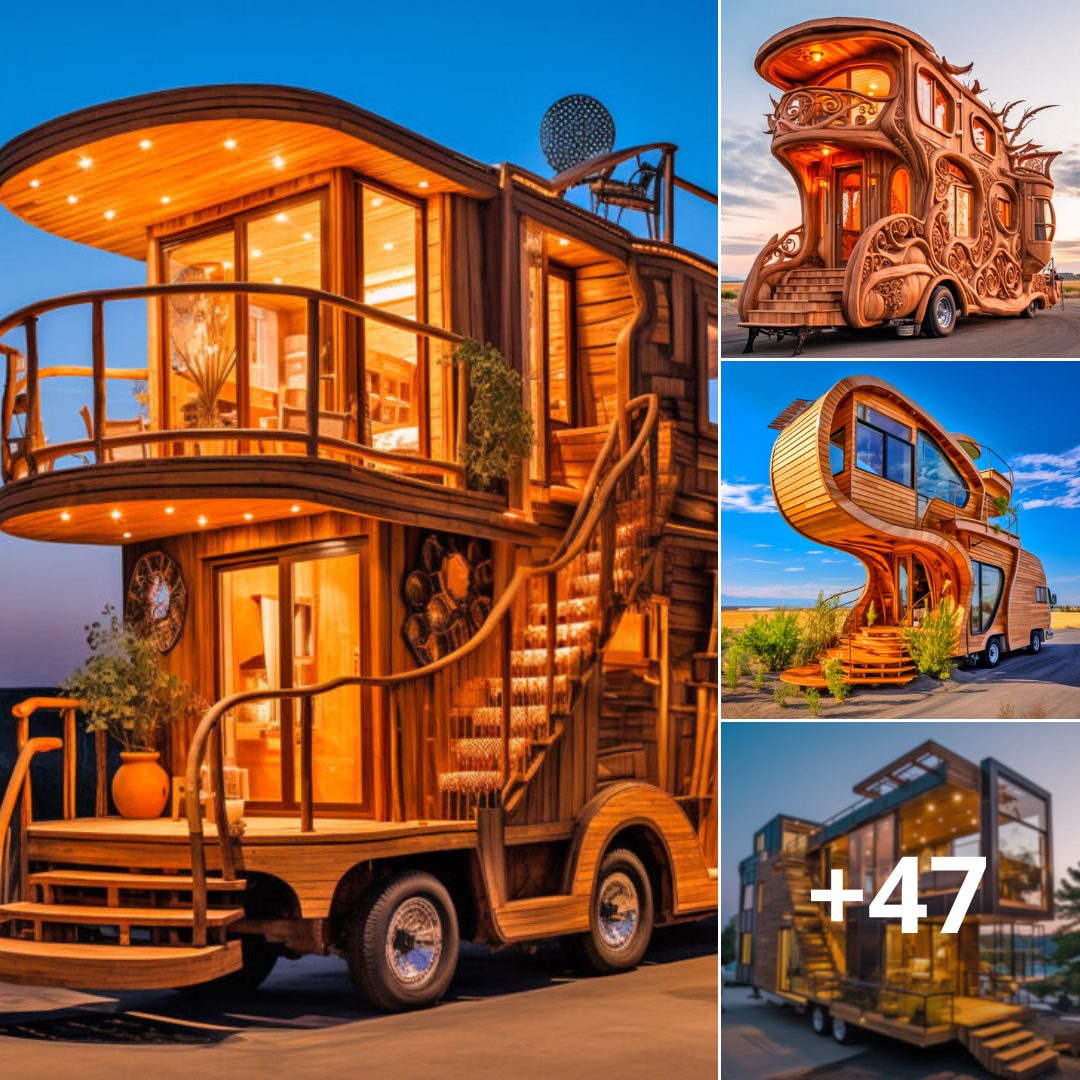Hellebores are easy to grow and are undemanding. They look great from January to May – even when their seed has set, their sepals are always pretty and eventually turn green. Their foliage is bold and evergreen, and in some of the new hybrids the marbled leaves are as celebrated as the flowers.
Hellebores are typically woodland edge plants. They thrive in rich, moisture-retaining soil but struggle in boggy and wet conditions. Most will tolerate full sun to almost full shade. They lend themselves to naturalistic schemes and informal plantings and are perfect partners for early flowering spring bulbs, pulmonarias and evergreen ferns. The colors of their sepals are diverse, from the softest wood pigeon gray to pale apricot or damson, and from leafy green to the deepest black or pure white. They can be striped or dotted, picotee or single, double or anemone-centered or simply plain. Almost all of them have developed methods of successful reproduction.
There are fewer pollinators when hellebores are in bloom, but the flowers carry rich nectar and lots of pollen, making them an instant hit for hungry bumblebees. Most hellebores have downward-facing flowers. Not only does this protect the pollen from winter rain, but it also provides protection for the accompanying insect while it feeds. One of the most alluring aspects of growing hellebores is the way in which you have to engage with them, gently twisting their faces open to appreciate the uniqueness of each individual.







Helleborus niger, Christmas rose, close-up of single white flower with yellow heart in garden early spring, Netherlands









Helleborus niger, also called Christmas rose, Winter rose or Black hellebore, is an evergreen, perennial flowering plant in the buttercup family (Ranunculaceae). Christmas rose plant is toxic. The flowers of five petals come in various colors, including white, red, pink, purple, green, yellow and apricot, and appear during winter, often at Christmas, in mild climates and in late spring in colder areas.
Helleborus niger, also called Christmas rose, Winter rose or Black hellebore, is an evergreen, perennial flowering plant in the buttercup family (Ranunculaceae). Christmas rose plant is toxic. The flowers of five petals come in various colors, including white, red, pink, purple, green, yellow and apricot, and appear during winter, often at Christmas, in mild climates and in late spring in colder areas.









